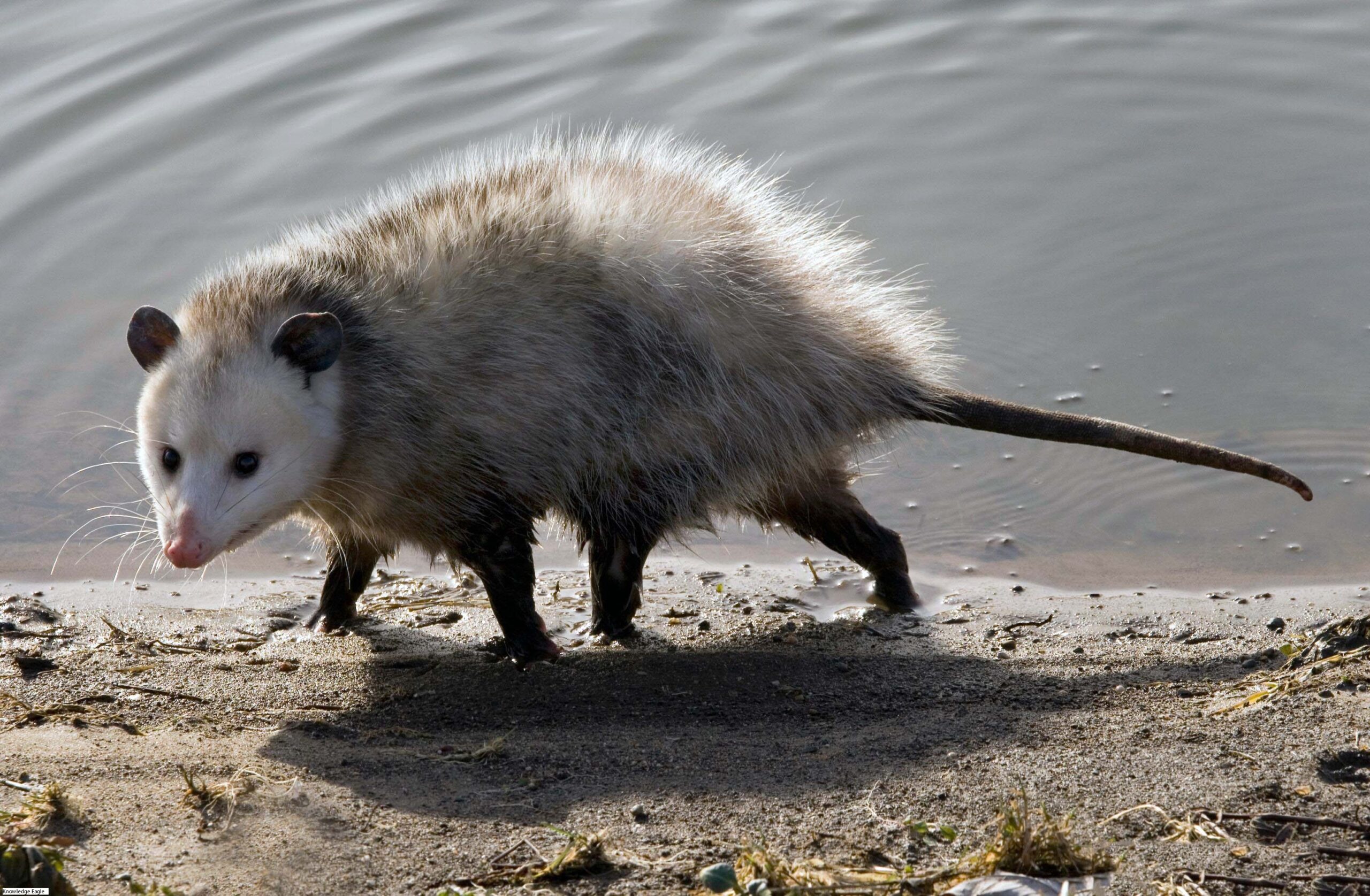UNICEF Report: The Battle against Pneumonia in Children
Pneumonia in Children
Most people think of pneumonia as a disease that affects the elderly. However, it is the leading infectious killer in children around the world. It kills more than 725,000 kids under 5 every year. This includes 190,000 babies, who are especially vulnerable.
“At least one child per 43 seconds dies from pneumonia every day. Most of these deaths can be prevented.”
It is unacceptable that thousands of kids are denied access to essential health care and treatment, which could prevent pneumonia and save lives.
What is the cause of pneumonia?
Pneumonia in Children, or acute respiratory infection of lungs, is a serious condition. A single thing does not cause pneumonia – bacteria, viruses, or fungi could cause it. Infected children have fluid in their lungs, making it difficult to breath. Immune systems of children who are still developing (i.e. Children with immature immune systems (i.e.
What are the Symptoms of Pneumonia in Children?
Pneumonia in Children usually cause fast breathing or their lower chest may draw in or retract when they inhale (in a healthy person, the chest expands during inhalation). Children with pneumonia may experience rapid breathing or have their lower chest retract or draw in when they inhale. (In a healthy individual, the chest expands upon inhalation).
Is pneumonia contagious?
Pneumonia can be transmitted through airborne particles, such as a cough or sneeze. The disease can be spread by other fluids such as blood from childbirth or contaminated surfaces.
How can pneumonia in children be diagnosed?
The health worker can diagnose pneumonia by performing a physical examination, which includes listening to the child’s lungs and checking for any abnormal breathing patterns. They may also use blood tests or chest x-rays to diagnose the condition.
In countries with weak health care systems, (e.g. In countries with weak health care systems (i.e. A 5 month-old child that takes 50 breaths a minute is breathing too fast and may have pneumonia. The number of breaths required for ‘fast-breathing’ is dependent on the age of the child. Younger children usually breathe faster than older ones.
What is the treatment for pneumonia?
Treatment for Pneumonia in Children is dependent on the type. In developing countries, bacteria that can be treated using low-cost antibiotics cause many pneumonia cases. Many children who have pneumonia are not receiving the necessary antibiotics because they do not have access to high-quality health care. Other causes of Pneumonia in Children include viruses or mycobacteria, such as those that cause tuberculosis. Other treatments are required for tuberculosis. Tuberculosis is often not diagnosed.
What role does oxygen play in the treatment of pneumonia?
Children and newborns with severe pneumonia need oxygen to survive. This is because their lungs are inflamed, preventing oxygen from reaching their bloodstream.
For a long period, oxygen was not available to those in need. Oxygen is available only in hospitals and higher-level health facilities. The COVID-19 pressure on oxygen systems has exacerbated existing gaps.
How can pneumonia be prevented?
By reducing air pollution, which makes the lungs susceptible to infection, and improving hygiene, pneumonia can be prevented. Hand washing with soap can reduce the risk of developing pneumonia.
There is a vaccine for pneumonia?

Vaccines can easily prevent pneumonia caused by bacteria. Pneumococcal vaccine (PCV), the first vaccine used to prevent pneumonia, is not completely protected in 40% of children worldwide. In addition, other vaccines such as Diphteria-Tetanus-Pertussis and measles-containing vaccines and Hemophilus Influenza B (Hib) vaccine protects children from pneumonia.
Where do the majority of children die from pneumonia?
Sub-Saharan Africa, Asia and Latin America are the countries that have the highest number of deaths from child pneumonia. The majority of child deaths due to pneumonia occur in the poorest countries. In these countries, the poorest and most marginalized children are the ones who suffer most. They are often denied basic health care and more susceptible to other health problems such as malnutrition, infectious disease and air pollution. They are often in fragile or humanitarian settings where risk factors and health systems often increase.
What is the role of air pollution in pneumonia?
Air pollution increases the risk of respiratory infections, such as pneumonia. Air pollution is responsible for almost half of all pneumonia-related deaths.
“Climate change is a crisis for children and poses serious threats to their health and wellbeing.”
Children are at risk from outdoor air pollution, particularly in countries with high rates of urbanization. Indoor air pollution, caused by the use of unclean fuels in cooking and heating, is also a major global problem.
What is the role of malnutrition on pneumonia-related deaths?
The leading cause of pneumonia-related deaths in children is wasting. Malnutrition is the most obvious and dangerous form. A child’s immune system is weaker when they are too thin. This makes them more susceptible to illnesses like pneumonia. Children under two years old are disproportionately affected by wastefulness. We must invest in nutrition to protect children from pneumonia.
What are the steps to stopping pneumonia?
It is imperative that we act quickly to prevent the death of any child from pneumonia or other diseases that can be treated or prevented. This response involves reducing risk factors, protecting the immune system of children, and providing access to high quality, frees health care at the point where well-trained and equipped health workers need it. It is possible to prevent pneumonia in newborns and small children if they are breastfed, vaccinated and have access to good nutrition and clean water. To protect every child from pneumonia, it’s essential that we prioritize and strengthen routine immunization. We should also increase access to vaccines that fight pneumonia, such as PCV. It is important to take steps to ensure that no child has to struggle to breathe. We must also invest in the treatment and prevention of severe acute malnutrition. This will accelerate the reduction in child pneumonia deaths. To treat pneumonia, health workers must be easily accessible to families and have the appropriate training, medications and diagnostic tools. Primary health care is essential for both prevention and treatment. This also requires empowered and engaged communities. Every 43 seconds, a child dies of pneumonia. To stop these deaths, urgent action is required. Health workers that are equipped and trained to prevent and treat pneumonia can help change the course of this disease.
For more information visit Home page



